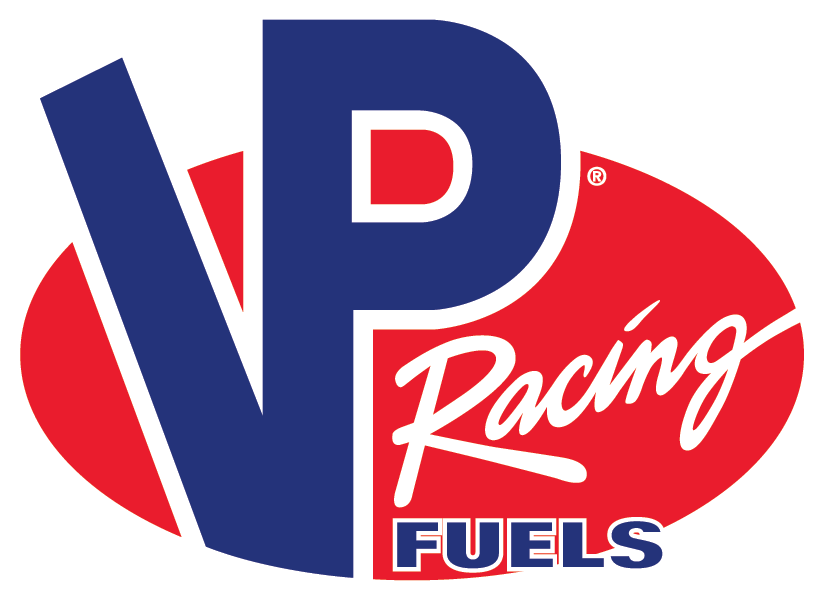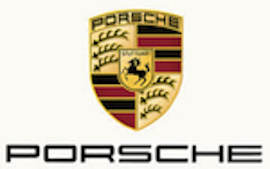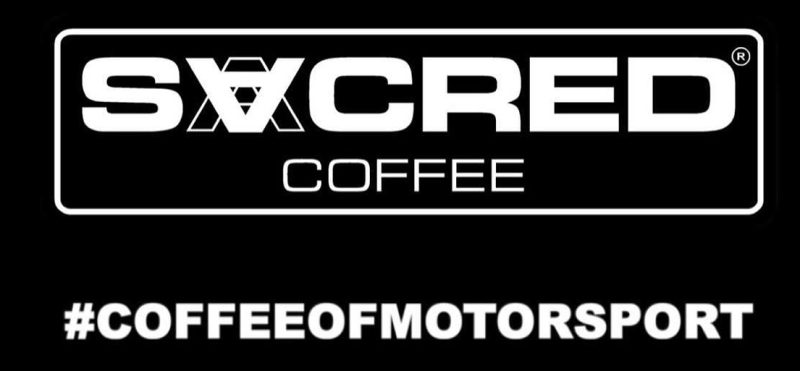“From the cheerless winter of 1948 the ACO, with financial assistance from the central and local governments, the Automobile Club of France and its 30,000-plus members, built new and modern pits and a huge grandstand and tribune for the first post war 24 Hours of Le Mans. The press box included (appropriately) a bar.
The ACO knew its true products and with the ultramodern pits and press facilities there was also a new 1,000 seat restaurant. After six years of war and four of retreating deprivation June 26 and the solstice of 1949 again brought summer and carnival. Nearly all the evidence of war and occupation was gone or at least hidden.
While the amenities were new and improved the circuit was much the same; the distance unaltered at 8.378 miles. Likewise the 49 cars lined up in front of the pits were familiar and a bit stale, save the two new red cars from the young Italian house of Ferrari.
Founded just two summers before the new Italian cars were modern gems with a divine shape (especially considering the abbreviated wheelbase.) frosted in svelte coachwork by Touring and moved by a jewel like sohc two-liter 60-degree V-12.
The new Ferrari 166 “Barchetta” (little boat) was a thoroughly modern automobile among the dated pre-war shapes with their flatulent exhaust notes. The little V-12’s voice was almost musical. Luigi Chinetti, who had won Le Mans in 1932 and again in 1934 shared the #22 Ferrari with owner Lord Selsdon (himself co-author of a fine and measured fourth for Lagonda in ’39) The former Parisian Talbot dealer was clearly the Ferrari’s point man in the valley of the Loire.
Aston-Martin was not left behind. The handsome new DB.2 coupes with W.O. Bentley-designed dohc six-cylinder engines were decidedly post-war and eminently civilized.
But the bulk of the 49 car field (from an astonishing 100-plus entries) was aging beasts rescued from war-enforced exile. A few were still astonishingly potent ands most of those were French. The boldest, in size and deportment, was the vast number-six Bentley with heroic and vertical coupe coachwork by Paulin. Parked next to the Bentley on Saturday afternoon was Le Mans’ first Diesel: le freres Delettrez brought their eponymous six-cylinder 4.4 liter roadster.
Another Le Mans component that had not changed was the pace of the first hour. (Though all could be forgiven this time.) It had been ten years, a long wait for the delicious sensation of driving a fast car without limit, ration or restriction. Eugene Chabaud, winner of the 1938 24 Hours, was enjoying himself most on the number-three 3.5 Delahaye and began reeling off 95 mph laps from 4:00 p.m. By the end of the second lap he had stretched his lead to over 17 seconds. In his haste he wrinkled a wing while lapping the tail of the field on just his fourth lap. Joy.
Chabaud stayed in front until 8:30 when an under-hood fire ended his fast race. Chinetti then went ahead in the #22 Ferrari and stayed there. When the sun came up Chinetti was still there with a two lap lead from Louveau’s three-liter Delage. By 11:00 a.m. Chinetti, driving practically single-handed, had put another lap between his “Mille Miglia” Ferrari and the smoking Delage. Lord Selsdon, owner of the #22 Ferrari, had driven a few laps during the night, but some sort of weird racing karma had visited Chinetti. Selsdon was unwell and Chinetti began his semi-solo grind. There was no asterisk next to his name in 1932 when Raymond Sommer had done the bulk of the driving in Alfa’s first Le Mans win Now it was Chinetti’s turn to do the heavy lifting, this time for Ferrari. By 1:00 o’clock Sunday Chinetti had a four lap lead. Then his clutch began to slip.
On the run from Arnage to White House Pierre Marechal crashed the #28 works Aston Martin trying to pass H.J. Adlington’s #26 Frazier-Nash. The coupe hit the bank and rolled seriously injuring the driver who died in the hospital on Monday afternoon.
Through it all Chinetti was fighting a two-front war: the cockpit was wet with oil and the clutch continued to slip. Behind him the second front: Louveau’s Delage attacked. In the penultimate hour the #15 Delage took back two of the four lap lead Chinetti had earned during the night, and was in single-minded pursuit; the lap averages between the leading but cruising Italian car and its blue pursuer were over 20 mph. If the Ferrari could continue, maintain and survive there was no way the math would work in the Frenchman’s favor. But the crowd, estimated at well over 100,000, loved it and willed Louveau’s French car forward.
Just two minutes before 4:00 o’clock the Delage got onto the lead lap with the ill Ferrari. Too late. Chinetti crossed the line at a light trot, both a moral and physical winner. His pace was well below the 1939 record. Even the fastest lap by Andre Simon’s Delahaye was lightly shy of Robert Mazaud’s 1939 lap record.
Le Mans had never been won by a two-liter car, and it had been 15 years since an Italian marque had won on the Sarthe. The win bore a whiff of revenge. Ferrari, had run Alfa’s pre war racing program from his Scuderia Ferrari garages only to be fired when Alfa took their competition program in house. There was no ALFA to defeat this day but retribution wasn’t far off. The red cars of Enzo Ferrari’s young company even managed to win three grands prix during the late summer of 1949. But that all stood in the shadow of Luigi Chinetti’s victory at Le Mans and the triumph of Le Mans over the atrocity of WWII.”














